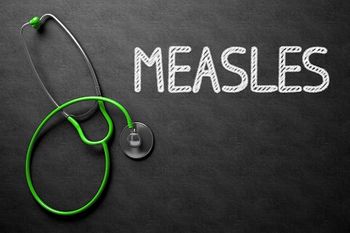
Novel Technique Shows Detailed Map of Lung Pathology in COVID-19
The technique will be applicable to a broad set of other diseases and can give doctors a practical method for delineating important differences within disease categories.
A recent study conducted by investigators from Weill Cornell Medicine, in collaboration with New York-Presbyterian Hospital, has mapped the cellular landscape of diseased lung tissue in severe COVID-19 patients at a single-cell resolution. Results from the study were published in the journal
"COVID-19 is a complex disease, and we still don't understand exactly what it does to a lot of organs, but with this study we were able to develop a much clearer understanding of its effects on the lungs," Olivier Elemento, co-senior author on the study said. "I think the technological approach we used here is going to become standard for studying such diseases."
For the study, the team of investigators employed a technology called imaging mass cytometry that has the ability to mark more features than traditional tissue analysis does. The technology uses a collection of metal-tagged antibodies that are able to label molecular markers on cells within certain tissues.
A special laser then scans the labeled sections and vaporizes the metal tag, leaving its distinct signature which is detected and correlated with the laser position. This technique maps where cells are in the sample along with other important identifying markers.The investigators then used this method on 19 lung tissue samples from patients who had died of severe COVID-19 and those who had died with no lung disease.
Findings from the study showed that alveolar epithelial cells, which mediate gas-exchange function in the lungs, are the main targets of infection by the SARS-CoV-2 virus. The analysis also suggested that these infected cells are not singled out for attack by lung-infiltrating immune cells, which may help explain why inflammation often keeps worsening in severe COVID-19 patients.
Additional findings demonstrated that age and sex made no difference at the histologic level, once COVID-19 had progressed to the severe stage.
"The application of technology like what we've demonstrated here is going to provide a huge boost to the utility of autopsy-based studies of disease," Alain Borczuk, co-senior author on the study said.
Newsletter
Stay ahead of emerging infectious disease threats with expert insights and breaking research. Subscribe now to get updates delivered straight to your inbox.

































































































































































































































































































